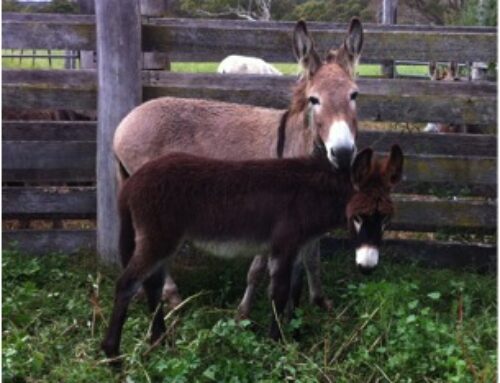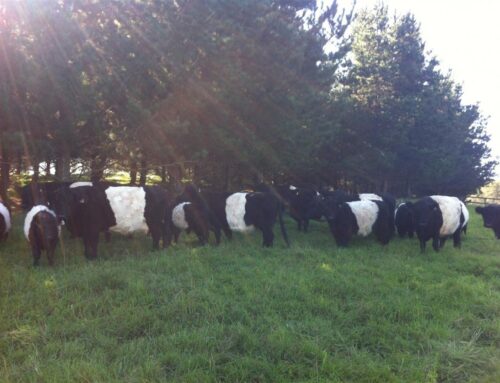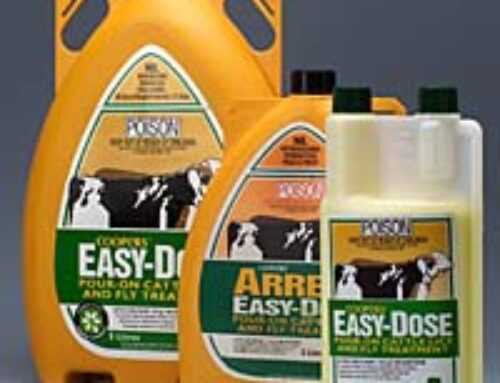Well if you thought that after 10 years of drought this unseasonal rain and flooding would be just what the farmers ordered, then think again. I cried last month when I saw all the bumper crops flooded by rains. All those farmers who had used up all their savings waiting for that rainy day were certainly hopeful when the rains started falling… but it soon turned to dismay as crops were obliterated or at best reduced to animal fodder quality. But with rains and floods comes moisture that lies around causing other problems…
Fly Strike is just one of those issues and if you’re not familiar with sheep farming you might be forgiven for thinking that Fly Strike is all about mulesing and dirty back ends. In fluffy sheep (as I call the non-shedding breeds!) this is certainly true and one of the key advantages of Dorper sheep (and other shedders like Damaras and Wiltipolls) is that you don’t have to mules their backside because they’re natural shedders. We’ve also never shorn our Dorpers because they progressively shed all over, with the exception of some of our older early-cross ewes who tend to hold a bit of fleece around their shoulders – though this has never been enough to cause any problems. Until now.
After reading an article in The Land about the high humidity and Fly Strike in rural NSW following the floods, we brought our herd in to the yards for inspection and sure enough a handful of our older ewes had Fly Strike – not around their backsides as you might expect, but on their shoulders. So in they went for shearing – something they’ve never experienced before andyou might question why we’d even bother given the small amount of fleece on most of them. But Fly Strike is really one of the most awful experiences that nature can hand out… so we decided just to do it.
So what is Fly Strike and what do you need to look for on your Dorpers or other shedding sheep?
Fly Strike is basically caused when flies get into wet fleece – a prime place for bacteria to grow. One fly can carry about 30 million bacteria inside and outside its body and once this bacteria gets into the blood stream of the sheep – by the larvae burrowing into folds of skin – the sheep will die from what is akin to an extreme virus or bacterial infection in humans. It’s a horrible way for them to die.
Several species of fly contribute to fly strike. The common bush fly causes irritation in a sheep’s skin folds, especially around the rump. Once the skin was irritated, the green fly, which causes about 80 per cent of all fly strike, will arrive and lay its eggs. However according to The Land, hairy maggots – the larvae of the blue-green blowfly, which will only arrive after an animal has flystrike – were the deadliest.
One of the other problems right now is that chemicals that are available to protect sheep against flies are being washed off in the repeated rains we are experiencing… so it really is a case of farmers not being able to win a trick, whichever way they look!
As you an see, even shedding or mulesed sheep can be impacted by Fly Strike in the right conditions – basically those hot and humid conditions we’re currently experiencing in NSW and many other parts of Australia. So if you haven’t done so, please take some time to bring in your Dorper sheep and check them over – especially on their shoulder area if there is even a small amount of fleece there – to ensure you catch any infection early before they show signs of illness.
And for more information on Fly Strike, breed selection and more – visit this great new website FlyBoss.org.au



